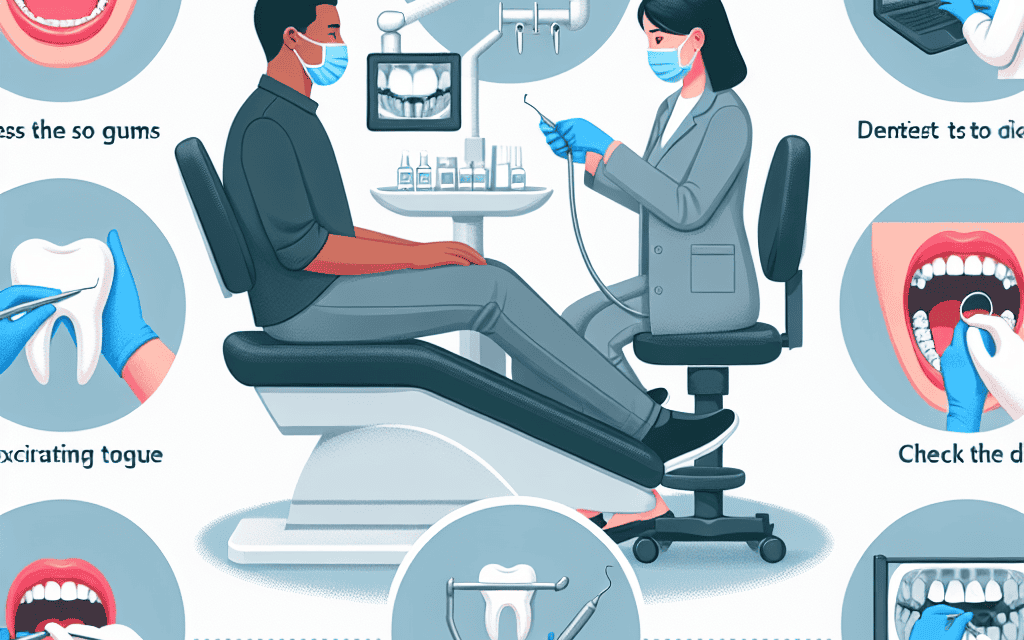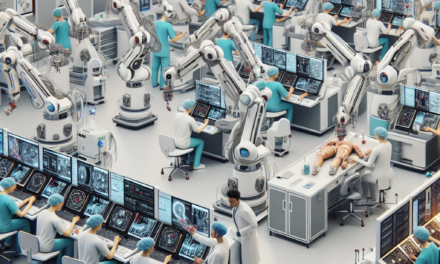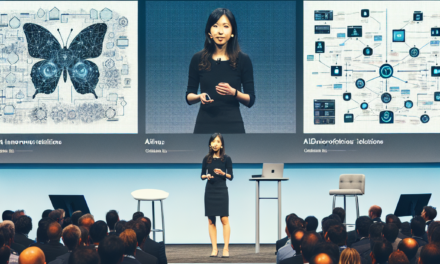Understanding the Comprehensive Dental Exam Process
The comprehensive dental exam is a critical component of oral health care, serving as the foundation for preventive dentistry and treatment planning. This process not only assesses the current state of a patient’s oral health but also helps in identifying potential issues before they escalate. In this article, we will delve into the various aspects of the comprehensive dental exam process, exploring its significance, components, and the role it plays in maintaining optimal oral health.
1. The Importance of a Comprehensive Dental Exam
A comprehensive dental exam is essential for several reasons, primarily focusing on prevention, early detection, and patient education. Understanding its importance can motivate individuals to prioritize their dental visits.
- Prevention of Dental Issues: Regular exams help in identifying problems such as cavities, gum disease, and oral cancer at an early stage. Early detection often leads to simpler and less costly treatments.
- Personalized Treatment Plans: Each patient has unique dental needs. A comprehensive exam allows dentists to create tailored treatment plans that address specific issues and goals.
- Patient Education: During the exam, dentists can educate patients about proper oral hygiene practices, dietary choices, and lifestyle changes that can improve their oral health.
- Monitoring Changes Over Time: Regular exams provide a baseline for comparison, allowing dentists to monitor changes in a patient’s oral health and adjust treatment plans accordingly.
- Building a Relationship: Comprehensive exams foster a relationship between the dentist and patient, encouraging open communication about concerns and preferences.
Statistics show that individuals who regularly visit the dentist are less likely to experience severe dental issues. According to the American Dental Association (ADA), patients who have regular dental check-ups are 60% less likely to develop cavities compared to those who do not.
2. Components of a Comprehensive Dental Exam
The comprehensive dental exam consists of several key components that together provide a thorough assessment of a patient’s oral health. Understanding these components can help patients prepare for their visits and know what to expect.
- Medical History Review: The dentist will begin by reviewing the patient’s medical history, including any medications, allergies, and previous dental treatments. This information is crucial for identifying potential risks and tailoring the exam accordingly.
- Clinical Examination: A thorough clinical examination involves checking the teeth, gums, and other oral structures for signs of disease or abnormalities. This includes assessing the condition of existing restorations and looking for signs of decay.
- X-rays and Imaging: Dental X-rays are often taken to provide a detailed view of the teeth and jawbone. These images help in identifying issues that are not visible during a clinical examination, such as cavities between teeth or bone loss.
- Periodontal Assessment: The health of the gums is evaluated through probing and measuring the depth of the gum pockets. This assessment helps in diagnosing gum disease and determining its severity.
- Oral Cancer Screening: A comprehensive exam includes a screening for oral cancer, where the dentist checks for unusual lumps, sores, or discolorations in the mouth and throat.
Each of these components plays a vital role in ensuring a complete understanding of a patient’s oral health. For instance, a study published in the Journal of the American Dental Association found that regular periodontal assessments significantly reduce the risk of tooth loss in adults.
3. The Role of Technology in Dental Exams
Advancements in technology have transformed the dental exam process, making it more efficient and effective. Understanding these technologies can enhance patient experience and outcomes.
- Digital X-rays: Unlike traditional X-rays, digital X-rays emit less radiation and provide immediate results. They also allow for easier storage and sharing of images, facilitating better communication between dental professionals.
- Intraoral Cameras: These small cameras allow dentists to capture detailed images of the inside of a patient’s mouth. This technology helps in educating patients about their oral health by providing visual evidence of issues.
- CAD/CAM Technology: Computer-aided design and manufacturing technology enable dentists to create restorations like crowns and bridges in a single visit, improving efficiency and patient satisfaction.
- Teledentistry: The rise of teledentistry has made it possible for patients to consult with dental professionals remotely. This can be particularly beneficial for follow-up appointments or consultations regarding treatment options.
- Electronic Health Records (EHR): EHR systems streamline the documentation process, making it easier for dentists to track patient history, treatment plans, and outcomes over time.
For example, a study published in the Journal of Dental Research highlighted that practices utilizing digital X-rays reported a 30% increase in diagnostic accuracy compared to those using traditional methods. This demonstrates how technology can enhance the quality of care provided during comprehensive dental exams.
4. Preparing for Your Comprehensive Dental Exam
Preparation for a comprehensive dental exam can significantly impact the experience and outcomes of the visit. Patients can take several steps to ensure they are ready for their appointment.
- Gather Medical Information: Patients should prepare a list of medications, allergies, and any medical conditions. This information is crucial for the dentist to provide safe and effective care.
- Brush and Floss: While it’s essential to maintain good oral hygiene regularly, patients should brush and floss before their appointment to ensure a clean mouth for examination.
- Prepare Questions: Patients should take the time to write down any questions or concerns they have regarding their oral health. This ensures that they can address these topics during the visit.
- Arrive Early: Arriving early allows patients to complete any necessary paperwork and reduces stress before the appointment.
- Be Open and Honest: Patients should feel comfortable discussing their dental history, habits, and any concerns with their dentist. Open communication is key to effective treatment.
By taking these steps, patients can contribute to a more productive and informative dental exam. A survey conducted by the ADA found that patients who actively participate in their dental care are more likely to adhere to recommended treatment plans.
5. What to Expect After the Comprehensive Dental Exam
After the comprehensive dental exam, patients can expect a follow-up that includes treatment recommendations, preventive care advice, and scheduling future appointments. Understanding these aspects can help patients navigate their oral health journey effectively.
- Treatment Recommendations: Based on the findings from the exam, the dentist will provide recommendations for any necessary treatments, such as fillings, cleanings, or referrals to specialists.
- Preventive Care Advice: Dentists will often provide personalized advice on maintaining oral health, including tips on brushing, flossing, and dietary choices that promote healthy teeth and gums.
- Follow-Up Appointments: Patients may be advised to schedule follow-up appointments for further treatment or regular check-ups. Consistency in dental visits is crucial for long-term oral health.
- Educational Resources: Many dental practices provide educational materials or resources to help patients understand their oral health better and make informed decisions.
- Insurance and Payment Options: Patients should discuss insurance coverage and payment options for any recommended treatments to avoid unexpected costs.
In conclusion, the comprehensive dental exam process is a vital aspect of maintaining oral health. By understanding its importance, components, and the role of technology, patients can better prepare for their visits and engage in their dental care actively. Regular dental exams not only help in preventing serious dental issues but also empower patients with knowledge and resources to maintain their oral health effectively.
Conclusion
The comprehensive dental exam is more than just a routine check-up; it is a crucial process that lays the groundwork for a lifetime of good oral health. By understanding the various components of the exam, the role of technology, and how to prepare for and follow up after the visit, patients can take an active role in their dental care. Regular dental visits are essential for early detection and prevention of dental issues, ultimately leading to healthier smiles and improved overall well-being. Prioritizing dental health through comprehensive exams is an investment in one’s health that pays dividends in the long run.





